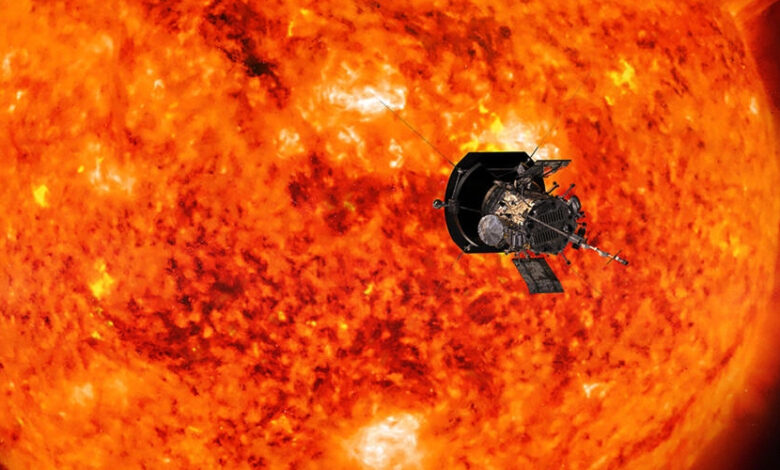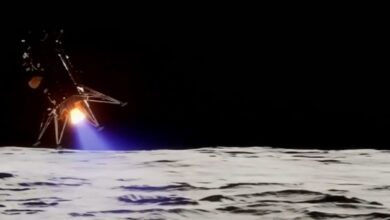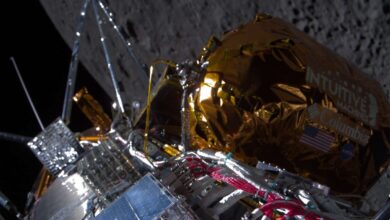Solar Storm Alert: NASA Warns of Communication Disruption

NASA has issued a grave warning in response to the recent surge in powerful solar flares, signaling potential disruptions to communication systems both in space and on Earth.
The aerospace agency reported a particularly formidable solar flare, reaching its peak intensity at 5:34 p.m. EST on February 22, 2024. This flare registered an astonishing X6.3 on the solar activity scale, highlighting the immense power and potential impact of solar phenomena.
Solar flares are categorized into five classifications, ranging from A to X, with X-class flares representing the most intense events. The recent X6.3 flare stands as the largest recorded since 2017, ranking as the 27th most powerful flare in recorded history.
Preceding this significant event were notable flares, including an X1.8 on Wednesday and an X1.7 earlier on Thursday, further underscoring the heightened solar activity observed in recent days.
The US National Oceanic and Atmospheric Administration (NOAA) has cautioned that such solar events could lead to temporary signal degradation or complete loss for operators of high-frequency radios, particularly on the sunlit side of the planet during the flare’s occurrence. While the NOAA assures the public that these events pose no significant threat to general safety, they emphasize the potential disruption to radar and GPS systems.
In addition to concerns about terrestrial communication systems, astronauts aboard the International Space Station (ISS) and China’s Tiangong space station are on high alert. Solar flares emit hazardous radiation, posing risks to the health and safety of astronauts in space. The ISS crew, consisting of seven members, along with the three astronauts aboard Tiangong, have been advised to remain vigilant as solar activity continues.
The recent surge in solar flares coincides with Sun Cycle 25, which began in 2019 and is projected to peak around 2025. This X6.3 flare marks a significant event within this cycle, potentially setting a precedent for further activity in the coming years.
As scientists and space agencies continue to monitor solar activity, the recent warnings serve as a reminder of the dynamic and unpredictable nature of our Sun and its potential impact on technological infrastructure both on Earth and in space.



